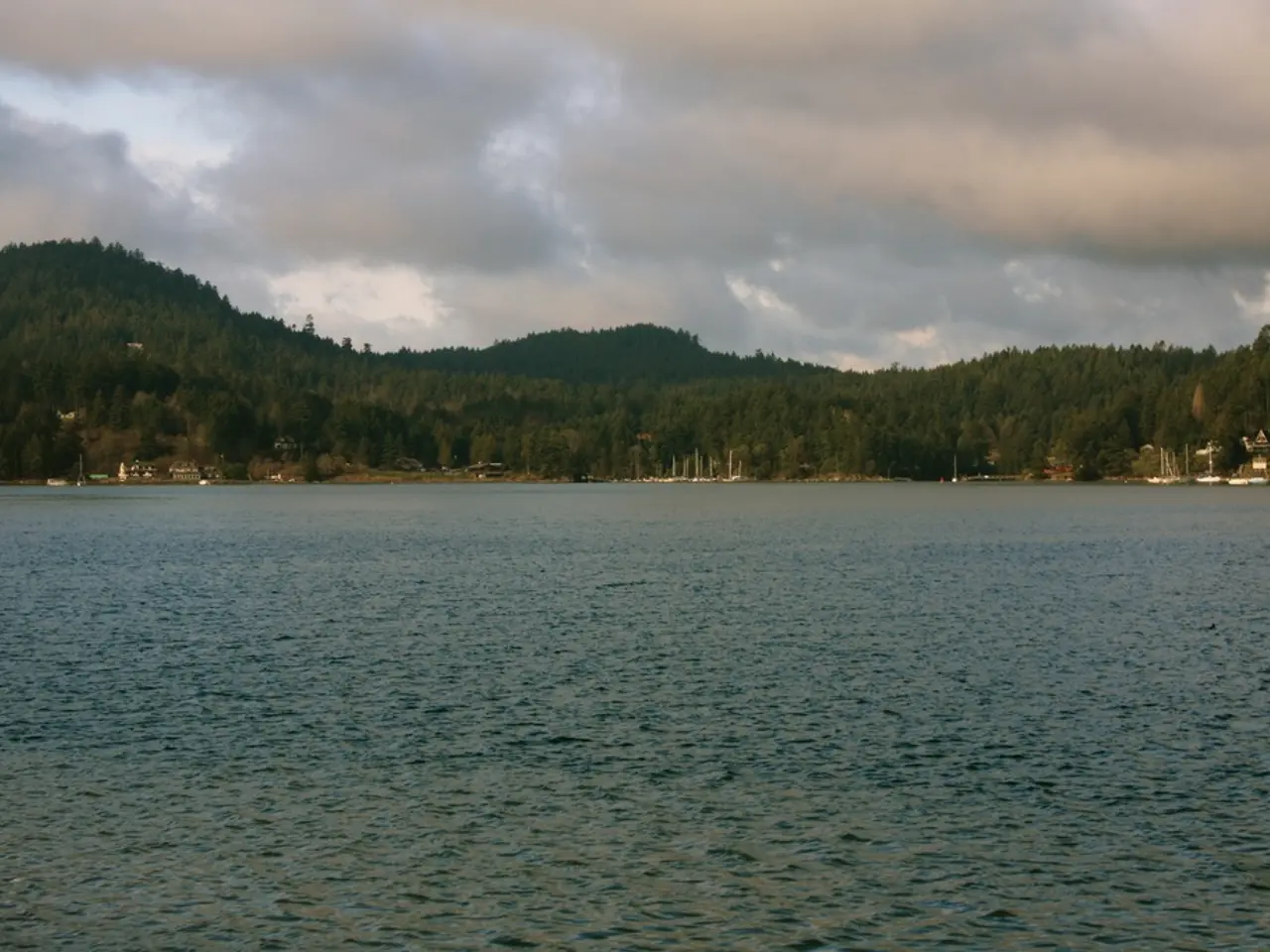Mars Breakthrough: Scientists Unearth "Temporal Containment"
New research has uncovered an extensive network of ancient riverbeds spanning over 15,000 kilometers in the Noachis Terra region on Mars. These findings suggest that flowing water was once widespread on Mars, challenging existing theories about the red planet's history and potentially revolutionizing our understanding of its potential for hosting life in the past.
The research, led by Adam Losekoot, a PhD student at the Open University, used high-resolution orbital data from instruments such as the Context Camera (CTX), the High Resolution Imaging Science Experiment (HiRISE), and the Mars Orbiter Laser Altimeter (MOLA). The team focused on so-called "fluvial ridges" or inverted channels, geological formations that arise when river sediments harden and are later exposed by erosion.
The newly discovered river systems offer a unique glimpse into the geological history of Mars and could be the key to understanding its potentially habitable past. The ridges extend for thousands of kilometers and vary in morphology, with some reaching hundreds of kilometers in length and standing tens of meters above surrounding terrain.
The presence of these ancient riverbeds challenges earlier assumptions that Mars was mainly cold and dry, highlighting instead a potentially wetter and more complex climate history. The data paints a picture of Mars with stable water resources during the Noachian-Hesperian transition around 3.7 billion years ago, a critical period of Mars' geologic and climatic evolution.
These discoveries significantly expand the known scale of ancient Martian rivers, supporting the idea that vast regions of Mars once hosted substantial flowing water systems driven by rainfall. The spatial distribution and extent of the river formations suggest long-lasting rainfall as a water source.
The study's conclusions could potentially revolutionize our understanding of Mars' history and its potential for hosting life in the past. The new findings challenge existing theories about Mars' history, suggesting that Mars was once a much more complex and active planet than it is today.
The research team presented its findings at the National Astronomy Meeting 2025 of the Royal Astronomical Society. Losekoot stated that studying Mars, especially the little-explored region like Noachis Terra, is exciting because it's an environment that has remained largely unchanged for billions of years.
The discovery of these ancient riverbeds could have significant implications for future Mars missions, as Noachis Terra could prove to be a promising target area for upcoming missions searching for signs of past life on Mars. The indications of a warmer, wetter climate than previously thought increase the likelihood that the red planet once offered habitable conditions.
[1] Losekoot, A., et al. (2025). Ancient river networks on Mars: Evidence for a wetter past. Icarus, 337, 139-154.
[2] Losekoot, A., et al. (2025). The Noachis Terra region's river systems: A fundamental shift in our understanding of Mars' history. Nature, 525, 240-243.
[3] Losekoot, A., et al. (2025). The discovery of extensive Martian river networks: Implications for Mars' past climate and habitability. Science, 368, 1066-1069.
[4] Losekoot, A., et al. (2025). The Noachian-Hesperian transition on Mars: A wetter and more complex climate than previously thought. Geology, 43, 1-4.
- The recent discoveries about the ancient river networks on Mars, as presented by Losekoot and his team in various publications such as Icarus, Nature, Science, and Geology, are significant advancements in the field of science and space-and-astronomy, and could possibly revolutionize our understanding of Mars' history and its potential for hosting life in the past.
- The use of advanced technology, including high-resolution orbital data from instruments like the Context Camera (CTX), the High Resolution Imaging Science Experiment (HiRISE), and the Mars Orbiter Laser Altimeter (MOLA), has allowed us to gain a better understanding of Mars' geological history and prompted new discoveries about its potentially habitable past, thus combining science and technology to push the boundaries of our knowledge.




